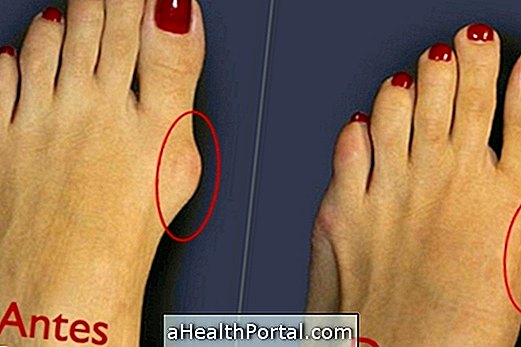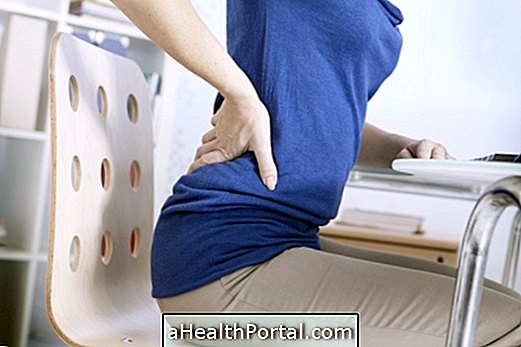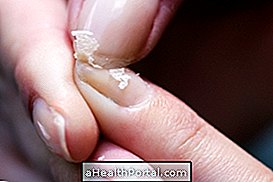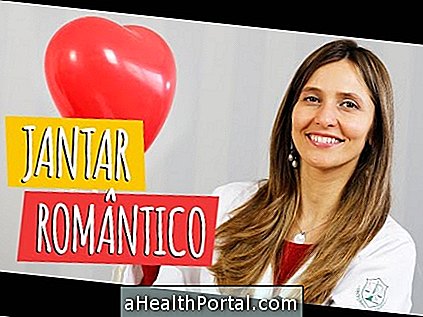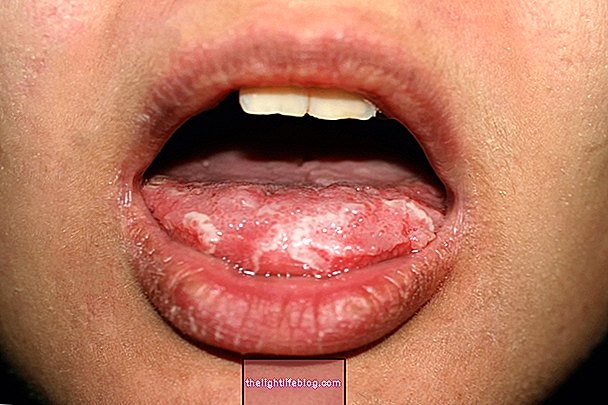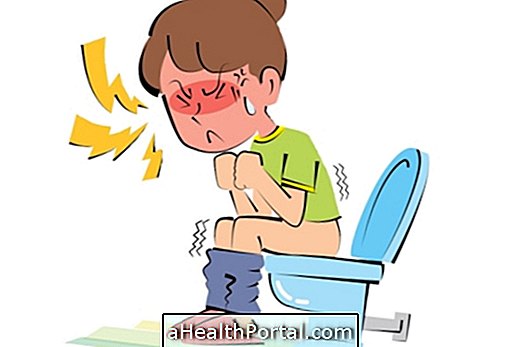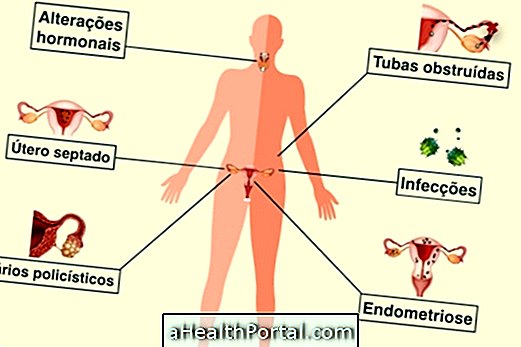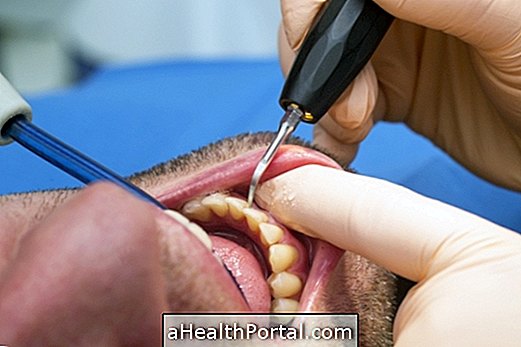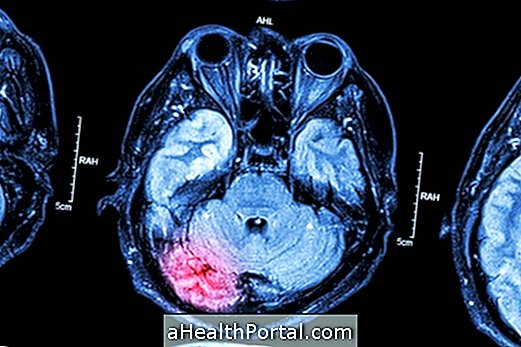Entesopathy or enthesitis is the inflammation of the region that connects the tendons to the bones, enthesis. It happens more often in people who have one or more types of arthritis, such as rheumatoid arthritis and psoriatic arthritis, which is an inflammation in the joints of people who have psoriasis. Understand what psoriasis is.
The most common enthesitis is calcaneous enthesopathy, in which there is a compromise of the calcaneus tendon, better known as an Achilles tendon, in which the person feels a lot of pain when he touches the foot on the floor. In addition to the heel, other parts of the body may suffer inflammation of the joints, such as knee, back and hip. The diagnosis of enthesopathy is made by the orthopedist through the evaluation of symptoms and, sometimes, of imaging tests, such as x-ray.
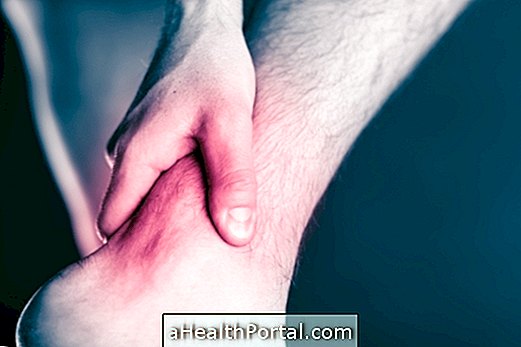
Main causes
Enthusiasm can be caused by trauma or injury during some exercise, but usually arises as a consequence of some illness, such as:
- Rheumatoid arthritis, which is an autoimmune disease in which there is compromised joint, causing pain, redness, swelling, stiffness of the joint and difficulty to move it. Learn all about rheumatoid arthritis;
- Psoriatic arthritis, in which there is rigidity of the joints and difficulty in performing the movement. See what types of psoriatic arthritis are and how the treatment is done;
- Ankylosing spondylitis, in which the spinal joints tend to unite, causing pain, loss of mobility, and less flexibility of the spine. Learn about the main symptoms of ankylosing spondylitis;
- Gout, which is a disease caused by excess uric acid in the blood that can generate pain in the joints, especially in the toe. Here are the causes and how to make the diet for gout.
The diagnosis of enthesopathy is made by observing the site of the lesion and evaluating the symptoms. If the symptoms are not very clear, the doctor may ask you to perform an imaging test to confirm the diagnosis, such as X-ray, ultrasonography or magnetic resonance imaging.
Symptoms of enthesopathy
The symptoms of enthesopathy are related to the limitation of the movement of the affected joint and can be:
- Swelling and stiffness of the joint;
- Sensitivity in the region;
- Localized pain;
- Increase of the temperature in the place.
The pain of the enthesopathy is variable, which can cause only discomfort or prevent the movement of the injured joint.
Treatment for enthesopathy
Treatment for enthesopathy is done according to the severity of the symptoms and injury. Treatment usually consists of resting the injured area and using medications with anti-inflammatory properties, such as aspirin and ibuprofen, for pain relief. Also, under the guidance of the physiotherapist or orthopedist, light stretching exercises can be performed with the purpose of reducing the pressure of the place a little.
Surgery is the last treatment option considered by the doctor and is only done when the injury is severe and the symptoms do not go away with the use of medications.
